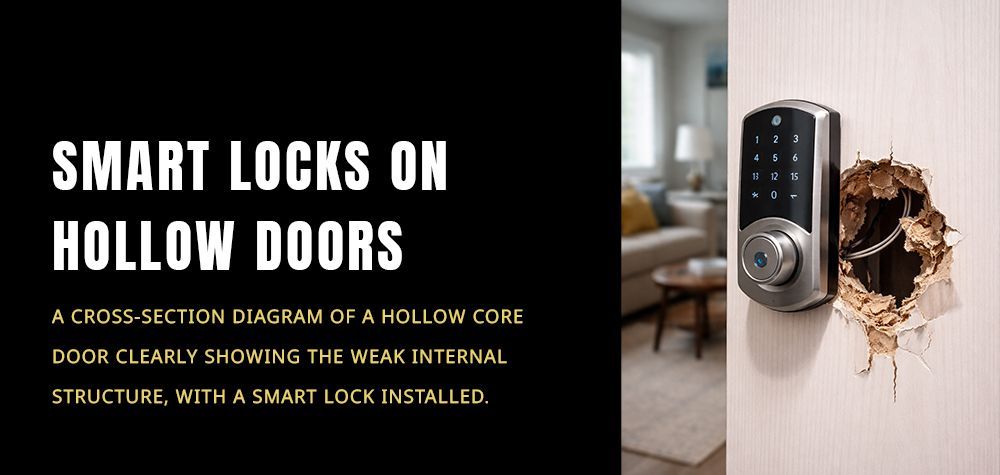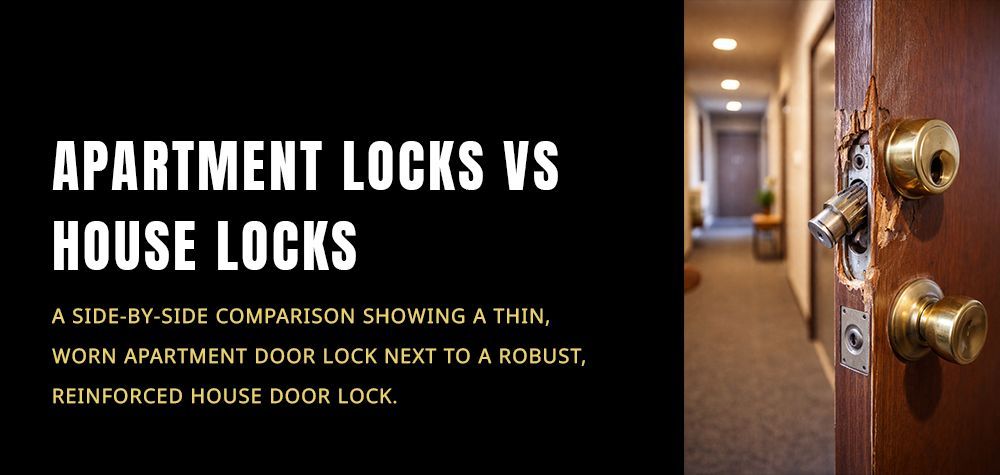Overview of Access Control System Capabilities for Managing Security & Access
When it comes to managing the security of a commercial space, having a robust access control system is essential. Access control systems go beyond just locking and unlocking doors; they offer a comprehensive way to manage who enters and exits your premises, monitor activities, and maintain high-security standards. In this article, we will delve into the various capabilities of access control systems and how they can enhance security and access management for your business.
Signs Your Access Control System is Outdated
Understanding Access Control Systems
Access control systems are security solutions that allow you to regulate who can enter specific areas within a building. These systems use various authentication methods, such as keycards, PIN codes, biometric scans, or mobile credentials, to verify an individual's identity before granting access. The main objective of an access control system is to provide authorized access while preventing unauthorized entry.
Key Capabilities of Access Control Systems
- Flexible Access Permissions
One of the most significant advantages of access control systems is their flexibility in managing access permissions. You can easily assign or revoke access rights for different users based on their roles, time of day, or location. This ensures that only authorized personnel have access to sensitive areas, enhancing overall security. - Real-Time Monitoring and Alerts
Access control systems provide real-time monitoring of entry and exit points. This capability allows security personnel to keep track of who is entering or leaving the premises at any given time. Additionally, these systems can be configured to send alerts or notifications when unauthorized access attempts are detected, allowing for immediate response. - Integration with Other Security Systems
Modern access control systems can integrate with other security systems such as CCTV cameras, intrusion detection, and fire alarms. This integration creates a comprehensive security network, enabling coordinated responses to security breaches and enhancing overall situational awareness. - Audit Trails and Reporting
Access control systems maintain detailed audit trails of all access events, providing a valuable record of who accessed what areas and when. This feature is crucial for investigating security incidents, ensuring compliance with regulations, and identifying patterns that may indicate potential security risks. - Remote Management and Control
With advancements in technology, many access control systems now offer remote management capabilities. This feature allows administrators to manage access permissions, monitor activity, and respond to security events from any location with an internet connection. Remote management is particularly useful for businesses with multiple locations or distributed workforces. - Enhanced Visitor Management
Access control systems streamline the process of managing visitors. Instead of manually signing in visitors, the system can issue temporary access credentials that expire after a specific period or upon exit. This improves security by ensuring visitors are only granted access to appropriate areas. - Scalability and Customization
Access control systems are highly scalable, making them suitable for businesses of all sizes. Whether you need to secure a small office or a large enterprise with multiple buildings, access control systems can be customized to meet your specific security needs. - Biometric Authentication for Enhanced Security
For higher security levels, access control systems can utilize biometric authentication methods such as fingerprint scanners, facial recognition, or iris scans. These methods are more secure than traditional keycards or PIN codes because they rely on unique biological traits that are difficult to replicate or steal.
Benefits of Upgrading Your Access Control System
- Increased Security: By regulating access to sensitive areas, access control systems significantly reduce the risk of unauthorized entry and potential security breaches.
- Improved Compliance: For industries that require strict adherence to regulatory standards, access control systems provide the necessary tools to maintain compliance and protect sensitive information.
- Operational Efficiency: Automating access management reduces the need for manual checks and can streamline operations, particularly in high-traffic areas.
- Cost Savings: Preventing unauthorized access and potential theft can lead to substantial cost savings over time, making access control systems a worthwhile investment.
FAQs About Access Control Systems
Q1: How do access control systems work?
Access control systems work by verifying the identity of a person using various authentication methods (e.g., keycards, biometrics) and granting or denying access based on pre-set permissions.
Q2: Can access control systems be integrated with other security measures?
Yes, most access control systems can be integrated with other security measures like CCTV, intrusion detection, and fire alarm systems to provide a comprehensive security solution.
Q3: What is the difference between a keycard access system and a biometric access system?
A keycard access system uses a physical card to grant access, while a biometric access system uses unique biological traits (like fingerprints or facial recognition) to verify identity.
Q4: Are access control systems expensive to install?
The cost of installing an access control system varies depending on the complexity and size of the system. However, the investment can lead to significant cost savings by enhancing security and reducing risks.
Q5: Can access control systems be managed remotely?
Yes, many modern access control systems offer remote management capabilities, allowing administrators to control access and monitor security from any location.
Conclusion
Investing in a robust access control system is crucial for businesses looking to enhance security and streamline access management. With capabilities like flexible access permissions, real-time monitoring, integration with other security systems, and remote management, access control systems provide a comprehensive solution to safeguarding your premises. By understanding and leveraging these capabilities, businesses can ensure a secure and efficient environment for employees and visitors alike.
Call Us Any Time!







